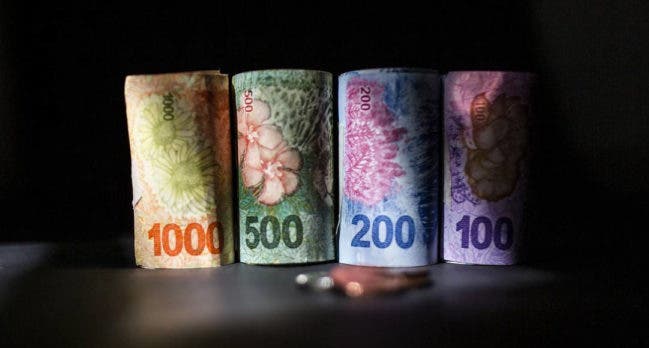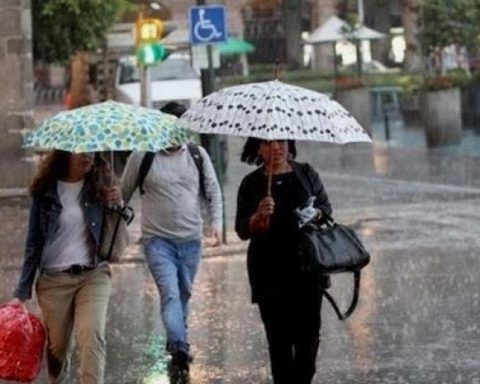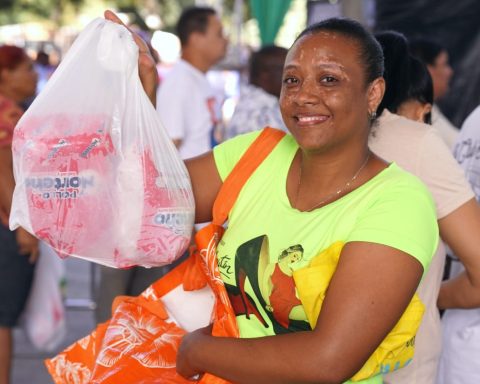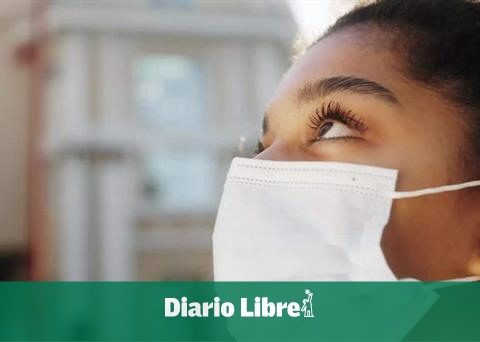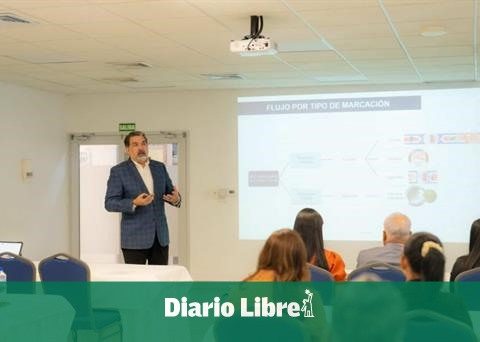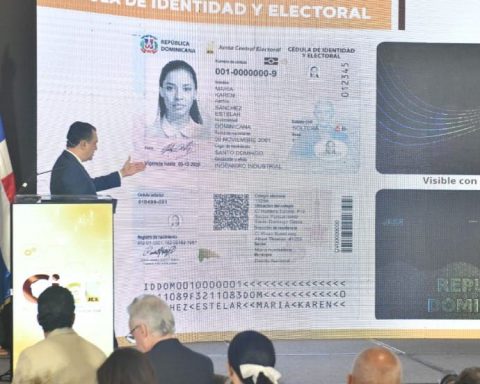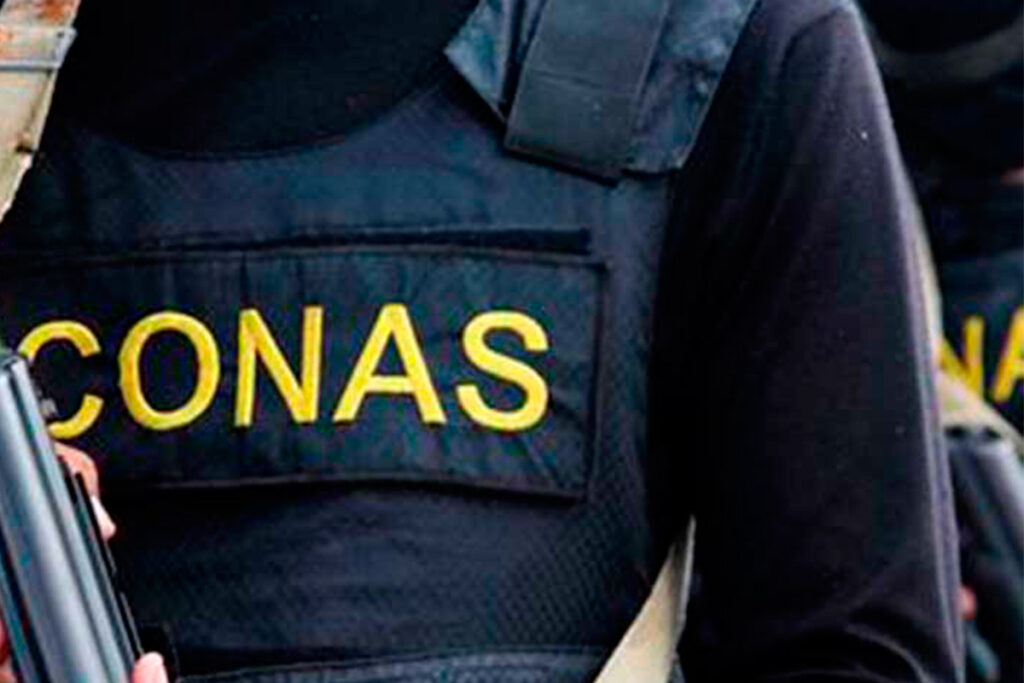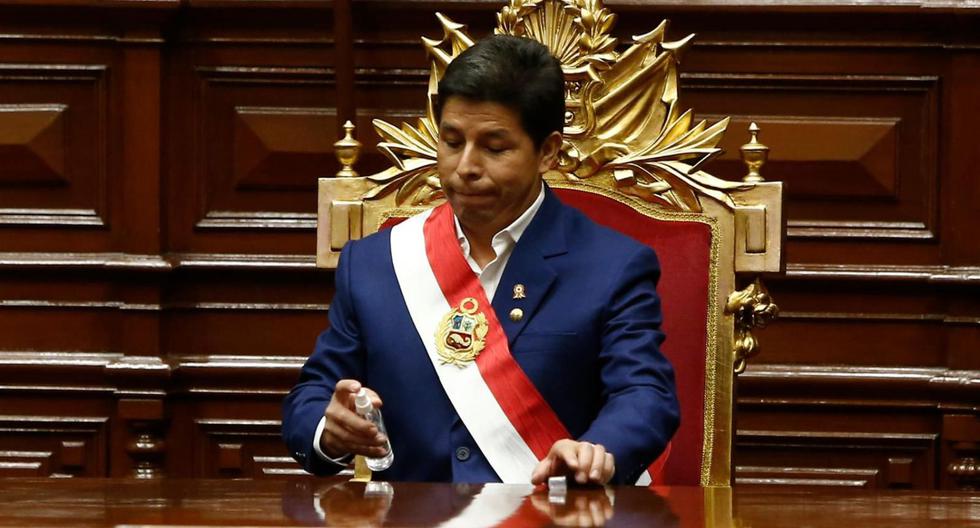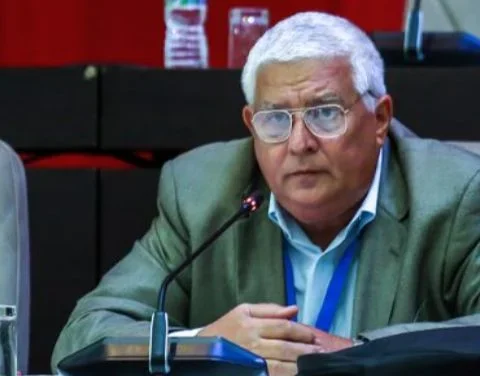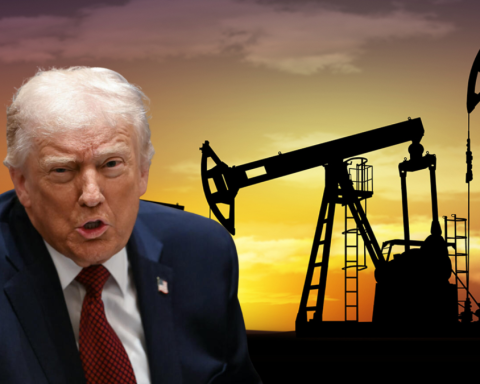The Argentine government launched this Wednesday three new exchange rates, popularly called ‘Qatar dollar’, ‘Coldplay dollar’ and ‘luxury dollar’which further complicate the complex market applied by the South American country to discourage the flight of foreign exchange in US currency in the midst of a critical level of reserves and soaring inflation.
The first, baptized with the name of the country headquarters of the Football cup November, deals a blow to Argentines who go abroad for tourism, with an exchange rate almost 25% more expensive for those who spend more than 300 dollars a month with a credit or debit card.
Read: According to a survey, Margarita Cedeño heads 9 of 14 important electoral provinces
The second takes the name ‘Coldplay’, the British band, which in a few weeks will begin a tour of Argentina. And it refers to the rate that the dollar will have for contracts and artistic, cultural and sports activities, which will increase the value of tickets.
Until now, businessmen in the industry could access the dollar at the official exchange rate, but starting this Wednesday they will do so at a 30% more expensive rate.
Finally, the ‘luxury dollar’, which has the same value as the ‘Qatar dollar’ and is applied to imports of goods such as yachts, private jets, high-end cars or precious stones.
“A dozen exchange rates”
With these, there are already more than a dozen exchange rates that coexist in Argentina and they are more expensive than officialthe reference one, which is now 151 pesos per dollar and very difficult to acquire.
One of them is the ‘blue dollar’, which can only be found on the black market. The rest are all regulated by the Condition, such as the ‘bag dollar’ or the ‘saving dollar’, for small savers. In September, the ‘soybean dollar’ was in force for 25 days, for agro-exporters.
You could read: Concern continues among Dominican legislators about the crisis in Haiti
With this sectoral devaluation system, the Argentine Government seeks to avoid a sharp devaluation, which could be dramatic given the already soaring inflation, which in August registered 78.5% year-on-year, according to the Argentine Central Bank.
